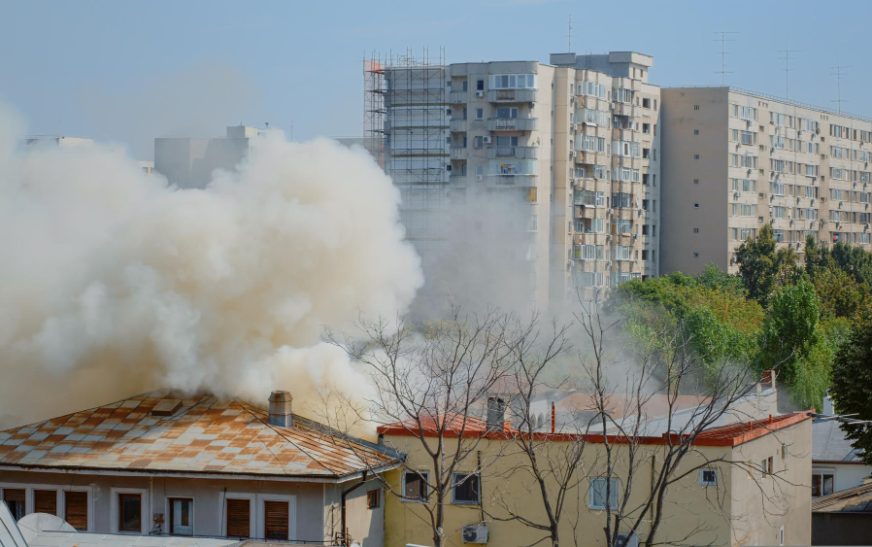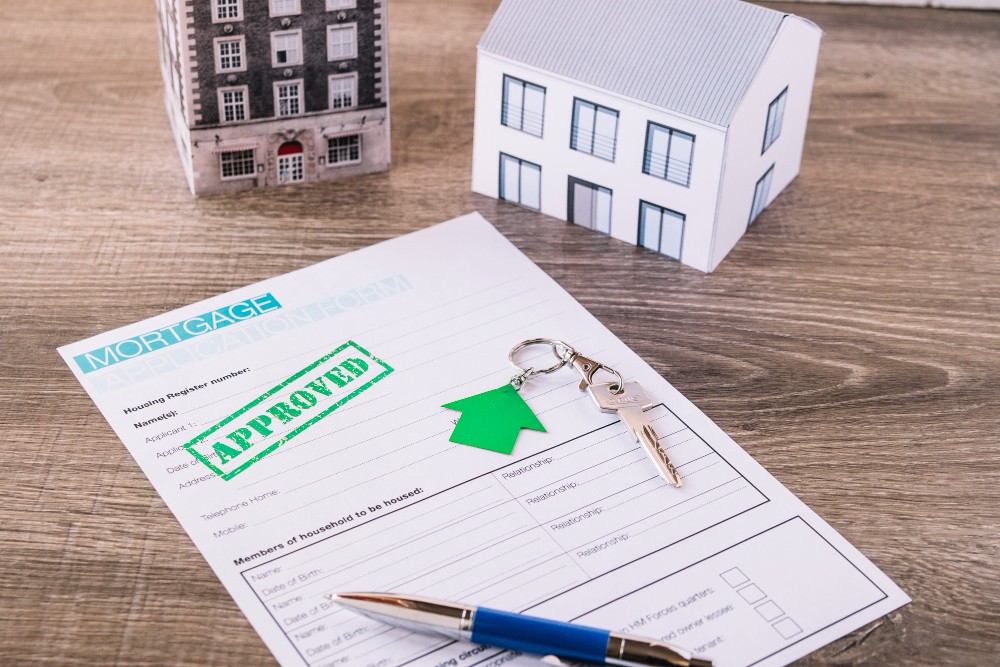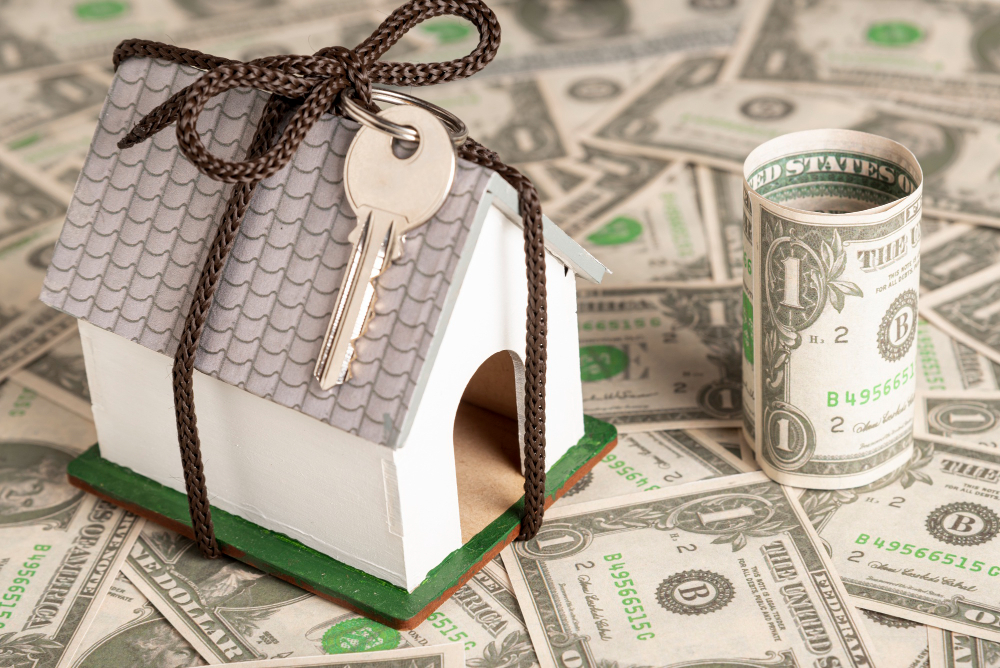Home insurance is a vital safeguard against unexpected events, but standard policies may not always cover natural disasters comprehensively. For homeowners, understanding how to secure full coverage for natural disasters is crucial for ensuring your property is protected from devastating events like floods, earthquakes, hurricanes, and wildfires. This guide explores how to get the best protection for natural disasters, what coverage options are available, and tips to ensure your home insurance policy offers comprehensive disaster protection.
Why Natural Disaster Coverage Is Essential
Natural disasters can cause significant damage to your home and property. Standard home insurance policies often have limited coverage for natural disasters, meaning additional policies or riders might be necessary to ensure full protection. Without adequate coverage, you could be left facing substantial repair or replacement costs out-of-pocket.
Examples of Natural Disasters:
- Floods: Can damage homes through rising water levels, leading to costly repairs.
- Earthquakes: Can cause structural damage that may not be covered under a standard policy.
- Hurricanes and Tornadoes: Can result in severe wind damage and debris impact.
- Wildfires: Can destroy homes and property in fire-prone areas.
Understanding Standard Home Insurance vs. Natural Disaster Coverage
Standard Home Insurance
Standard home insurance typically covers:
- Fire and Smoke Damage: Protection against damage caused by fire and smoke.
- Theft: Coverage for loss or damage due to theft.
- Vandalism: Protection against intentional damage to your property.
- Liability: Coverage for injuries or damages that occur on your property.
However, standard policies often have limitations or exclusions for certain natural disasters.
Additional Coverage Options for Natural Disasters
- Flood Insurance
Overview: Flood insurance provides coverage for damage caused by rising water levels. Since most home insurance policies do not include flood protection, you will need to purchase a separate policy, often through the National Flood Insurance Program (NFIP) or private insurers.
Coverage Includes:
- Structural damage to the home.
- Damage to personal belongings.
- Cost of temporary housing if your home is uninhabitable.
Eligibility: Available to homeowners in flood-prone areas or those who want additional protection.
- Earthquake Insurance
Overview: Earthquake insurance covers damage caused by earthquakes, including structural damage and repairs. This type of insurance is not included in standard home insurance policies and must be purchased separately.
Coverage Includes:
- Structural damage to your home.
- Damage to personal property.
- Temporary housing costs if your home is uninhabitable.
Eligibility: Available in areas prone to seismic activity.
- Hurricane Insurance
Overview: Hurricane insurance provides coverage for damage caused by hurricanes, including wind and water damage. In hurricane-prone areas, this may be included in separate windstorm policies or as an endorsement to your standard policy.
Coverage Includes:
- Wind damage to the structure.
- Flood damage from storm surges.
- Repairs to personal property.
Eligibility: Available in coastal or hurricane-prone regions.
- Wildfire Insurance
Overview: Wildfire insurance covers damage caused by wildfires, including structural damage and loss of personal property. This coverage is essential for homeowners in fire-prone areas.
Coverage Includes:
- Structural damage to your home.
- Damage to personal belongings.
- Temporary housing expenses if needed.
Eligibility: Available in areas with high wildfire risk.
How to Choose the Right Natural Disaster Coverage
- Assess Your Risk
Understanding your risk exposure is the first step in choosing the right coverage. Consider the natural disaster risks in your area:
- Flood Zones: Check flood zone maps to determine if you need flood insurance.
- Earthquake Zones: Research seismic activity in your region.
- Hurricane and Tornado Risk: Evaluate historical weather patterns.
- Wildfire Risk: Check fire risk maps and recent wildfire activity.
- Determine Coverage Needs
Based on your risk assessment, determine what types of additional coverage you need. Consider the potential cost of repairs or replacements for your home and personal belongings in the event of a disaster.
Questions to Ask:
- What is the estimated cost to repair or replace my home in a disaster?
- What types of natural disasters am I most at risk for?
- What is the deductible for each type of coverage?
- Compare Policies
Obtain quotes from multiple insurers and compare policies. Look for:
- Coverage Limits: Ensure the coverage amount is adequate for potential damage.
- Deductibles: Compare deductibles for different types of natural disaster coverage.
- Exclusions: Review policy exclusions to understand what is not covered.
- Review Policy Terms
Carefully review the terms and conditions of each policy. Pay attention to:
- Coverage Limits: Ensure the limits are sufficient for your needs.
- Exclusions and Limitations: Be aware of what is excluded or limited in each policy.
- Claims Process: Understand the process for filing claims and the documentation required.
- Consult an Insurance Agent
Consider working with an insurance agent who specializes in natural disaster coverage. They can help you navigate different options, find the best policies, and ensure you have comprehensive protection.
Tips for Lowering Insurance Costs
- Increase Deductibles
Increasing your deductible can lower your premium, but make sure you have enough funds to cover the higher deductible in case of a claim.
- Bundle Policies
Many insurers offer discounts if you bundle natural disaster coverage with other types of insurance, such as auto or home insurance.
- Improve Home Safety
Implement safety measures such as:
- Flood Barriers: Install barriers to prevent water from entering your home.
- Seismic Upgrades: Strengthen your home’s foundation to withstand earthquakes.
- Fire-Resistant Materials: Use fire-resistant roofing and siding in wildfire-prone areas.
- Maintain a Good Credit Score
Maintaining a good credit score can help lower your insurance premiums. Insurers often use credit scores to determine risk.
- Take Advantage of Discounts
Ask your insurer about available discounts for features like home security systems, weather-resistant materials, and other safety measures.
Conclusion
Protecting your home from natural disasters requires more than just a standard home insurance policy. By understanding the types of natural disaster coverage available, assessing your risk, and choosing the right policies, you can ensure comprehensive protection for your property. Shop around for the best coverage, compare quotes, and consider bundling policies to save on premiums while maintaining robust disaster protection.
With the right insurance strategy, you can have peace of mind knowing that your home is safeguarded against the unexpected.


















